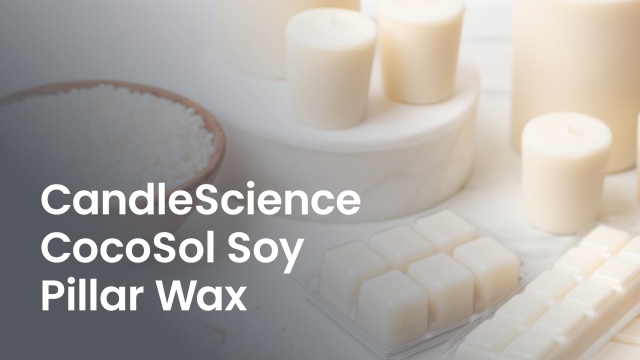LAB NOTES: CandleScience CocoSol Soy Pillar Wax A custom blend of sunflower, coconut, and soy pillar wax
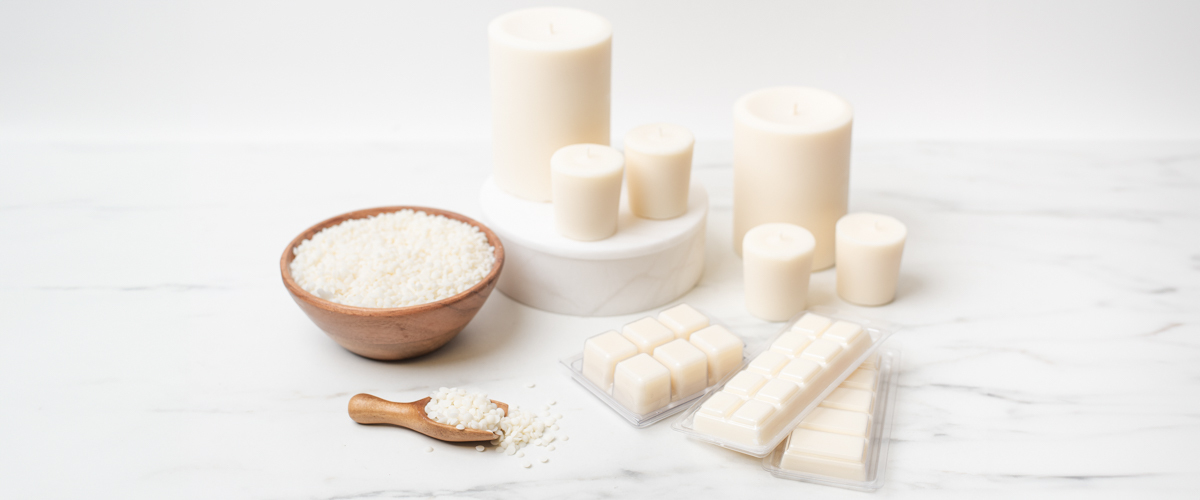
Our Testing Process
We divided our testing into four parts:
- Aesthetics: We tested for shrinkage, frosting, cracking, and color retention.
- Fragrance Performance: We looked at fragrance solubility, retention, and cold and hot throw performance.
- Burn Performance: We tested various sizes of LX wicks.
- Stability: We exposed samples to hot and cold environments.
For the fragrance testing segments, we used White Tea, Jamaica Me Crazy, Smoked Oud, and Beach Linen fragrance oils. They have different densities, viscosities, and ingredients. We hoped the variation would reveal potential solubility and burn issues.
Application: Pillars, wax melts/tarts, votives
Pillar Recommended Fragrance Load: 15%
Votive Recommended Fragrance Load: 15%
Wax Melts/Tarts Recommended Fragrance Load: 25%
General Overview
This CandleScience CocoSol™ Soy Pillar Wax was formulated in the CandleScience lab and is manufactured in the USA. We developed this blend of sunflower, soy, and coconut wax to create a high-fragrance load pillar wax with enhanced structural stability that exceeds our commitment high-quality candle supplies.
The wax comes in pastilles, which makes it easy to scoop and measure. The wax has the characteristic off-white color and odor of soy wax. Sunflower wax has a minimal odor and does not alter the scent of this soy blend. It melts fairly easily despite the higher melting point.
As a CandleScience exclusive candle wax, this wax is brand new to the handcrafted market and an ideal choice for pillars, votives, and melts/tarts when the maker’s focus is on fragrance throw and structural integrity.
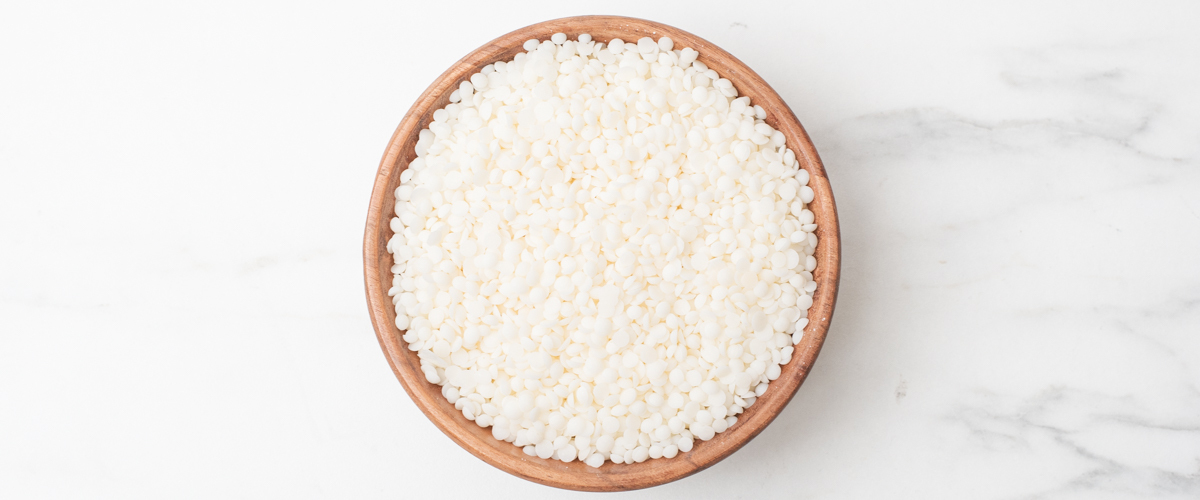
Aesthetics
For Pillars
We tested this wax in our 3 x 4.5 Round Pillar Molds. We poured our test candles at temperatures ranging between 145°F and 180°F (62.8°C and 82.2°C), and let them sit overnight. We experimented with fragrance loads of 10% and 15%.
After 24 hours, candles poured at all temperatures had sinkholes around the wick, which is common in pillars. Sinkholes were larger in candles poured at higher temperatures, but a second pour was needed to get a level bottom and fill in the sinkholes on all testers. All candles were easy to remove from the molds.
The candles poured between 170° and 180° had a smooth, silicone-like texture, with no frosting or surface blemishes. Candles poured at 160° and lower had visible striations and bubble spots where the wax rapidly cooled upon making contact with mold.
After 7 days, some candles had a slight frost on the surface that looked similar to a dusting or fat bloom, rather than the crystallization commonly seen in soy candles. This occurrence is very much related to fragrance usage, with some oils being more prone than others. Increasing the fragrance percentage will increase the likelihood of frosting.
For Votives
We poured our votives at temperatures ranging from 160ºF to 180ºF (71.1°C to 82.2°C) and did not use mold release in our tests. Regardless of pour temp, the wax caved in near the wick pin, requiring a second pour. The candles released very easily from the mold, but the wick pins were resistant to releasing and required several hard taps to remove. This caused the base rim to chip slightly in some cases, but it did not affect the overall integrity or appearance of the votive. We did not see any signs of frosting with a 10% fragrance load, though frosting is more likely to occur when using higher fragrance loads.
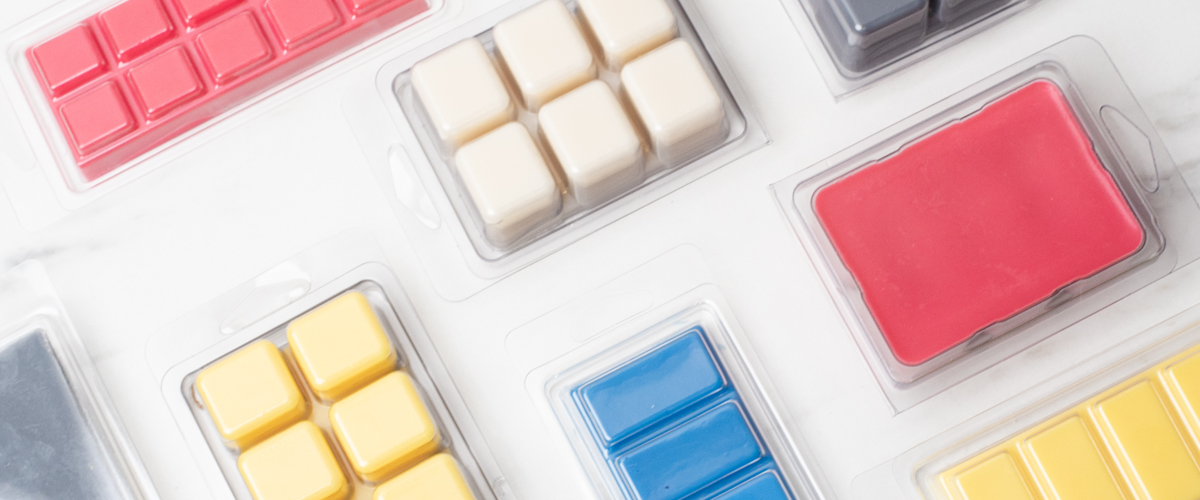
Wax Melts/Tarts
We used our plastic clamshell molds and poured at temperatures from 150ºF to 170ºF (65.6°C to 76.7°C). With fragrance loads of 10% to 25%, all melts solidified with a smooth, level surface and no signs of frosting. After a week, signs of frosting directly correlated with fragrance usage, with visible frosting being much more common in wax containing fragrance loads of 15% or greater.
Coloring
We tested pillars, votives, and melts using our Black, Blue, Red, and Yellow Liquid Candle Dyes at 6 drops per pound of wax. The resulting colors were soft pastels, which is typical with soy blends. The blue and yellow dyes provided light shades of the expected hues, while the red dye resulted in a light-medium shade of pink and the black dye resulted in a light-medium gray.
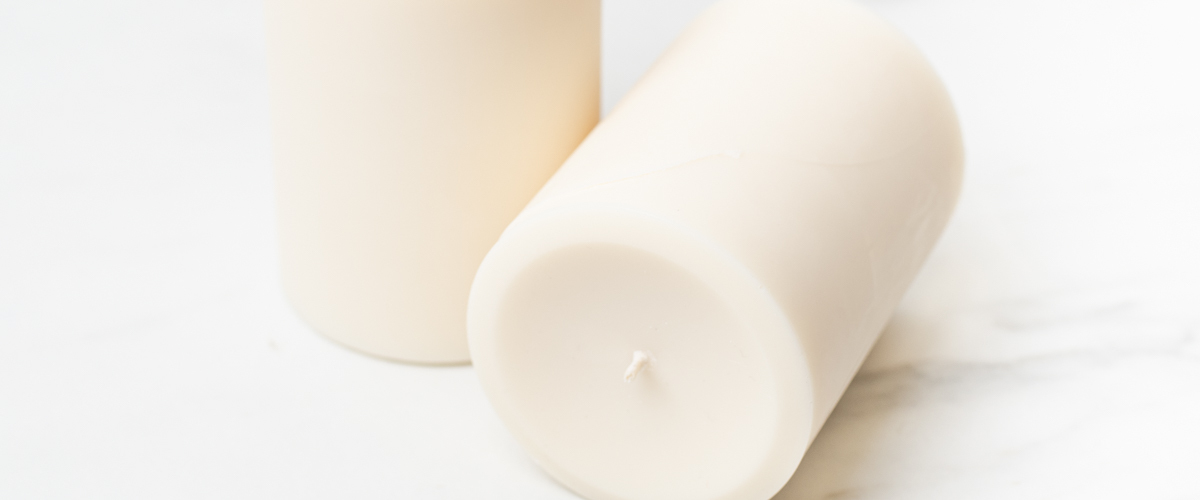
Cracking/Breaking
Similar to other plant-based pillar waxes, CocoSol Soy Pillar wax is brittle and not pliable. This is due to the sharp melting point and minimal softening range of the wax. When using our pillars and votive molds, the wax remained stable and showed no signs of cracking during production. However, one of the pillars we tested developed a vertical crack during test burning. It was visible from the outside but did not reach the existing melt pool. By carefully observing the burn and not allowing the melt pool to reach the edges, we were able to continue burning without wax spilling out. If left unattended for an extended period, the melted wax would likely have reached the crack and leaked out. Because of the brittle nature of these waxes, it is not recommended for use in intricate pillar molds.
We saw no issues with cracking when using our wax melt clamshells. All testers solidified smooth and intact. The overall texture and hardness of the wax will depend on the amount of fragrance oil used. All testers, regardless of percentage, held their shape, did not crack, and could easily be removed from the clamshell. Melts with higher fragrance loads are more crumbly and have less snap when breaking pieces off. If using molds other than clamshells, we do not recommend molds with thin areas or intricate designs, as the brittleness of the wax may cause breakage.
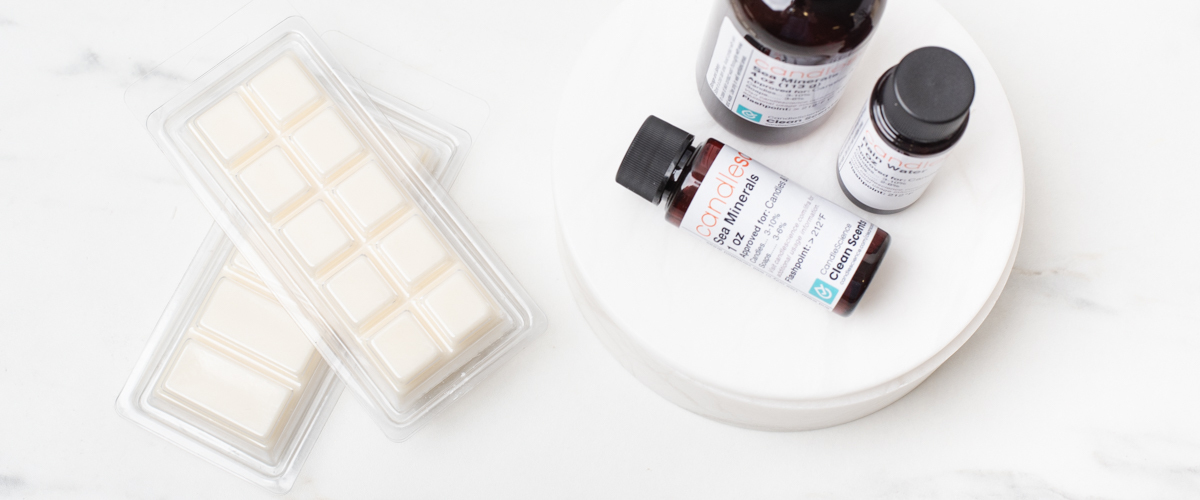
Fragrance Performance
Solubility
We added fragrance to the melted wax at 185ºF (85°C). The fragrance incorporated easily at all percentages up to 25%, and we didn’t see signs of separation.
Hot and Cold Throw
After 24 hours, the cold throw of the candles and wax melts were quite strong, and it increased significantly over the course of a week. Pillars made with 10% fragrance easily ranked 3 out of 3 among testers.
You can achieve an extremely strong hot throw using this wax. Our wax melt testers were strong even at just 10%, easily ranking 3 out of 3, and increasing the fragrance load made them even stronger. We conducted olfactive tests with melts made with 10% and melts made with 25%, and there was a significant increase in scent throw between the two.
Burn Performance
Wicking
We tested this wax with our LX series wicks, which is our go-to wick for pillars and votives. They curl less than other series we carry, which helps to keep the melt pool centered throughout the burn. Our votive and pillar testers all performed well with the LX series. Burn testing will be necessary to find the ideal wick for your pillars and votives, as dye and fragrance usage can impact the burn profile.
How to Market Your Candles
How to market your products is a decision made by you, the maker, based in part on your target audience—who you want to buy your products. CandleScience CocoSol Soy Pillar Wax’s ability to hold a high fragrance load allows you the option to market your wax melts with above average fragrance throw.
Since hot throw is such an important feature of this wax, we recommend scentscaping with CandleScience fragrances. Scentscaping, also known as scent layering, encourages the use of different scents throughout your home to tell a story, set an ambiance, or take a journey. Pair lavender in your master bathroom for full relaxation. Use lemon-fresh scents in your kitchen to brighten moods. Pick a sophisticated scent for your dining room for a conversational piece.
Take your candles to the next level by learning how to select fragrances that elevate your collection.
And, when it comes to labeling, we recommend following our Essential Guide to Candle Label Requirements and using our partner Avery WePrint to print your labels. CandleScience customers save 10% on every order!
Flush Packaging offers custom boxes for many of CandleScience’s candle containers. Custom shipping boxes can be an effective way to elevate your brand while protecting your product.
